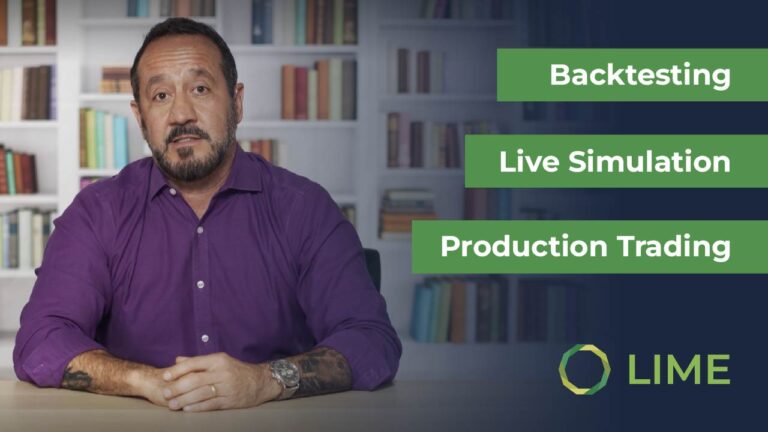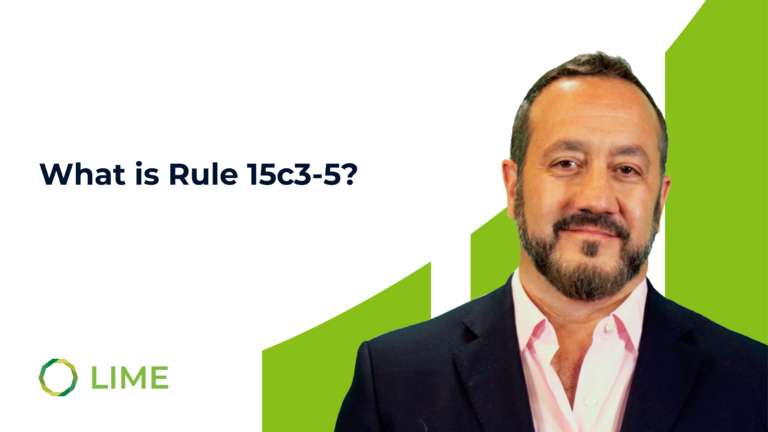
Trading happens at near-light speeds, and low latency is a critical component for efficiently trading in the marketplace.
With the speed of today’s electronic trading, abrupt pricing fluctuations can happen in microseconds. To compete in this hypercompetitive arena, a trader must reduce as much trade-related latency as possible.
How Does High Latency Affect Trading?
Simply put, trade-related latency is the time it takes for an order to be executed, from a signal sent to a fill at the exchange. Assuming there is no latency impact, the trade may have successfully been executed at the clicked price when the order is routed back to your broker’s server.
If that order message is delayed even for a millisecond, the price at which you attempted to complete the trade may have changed, and the broker will not be able to fill the order.
The same latency can occur with API or high frequency trading.
On top of delays in order execution, latency can also have a serious effect on price updates. Traders may see “delayed” or “stale” prices that no longer reflect current market data, leading to slippage.
When Latency Is Your Broker’s Fault (And When It’s Not)
Latency is often caused by the distance between communication equipment and network congestion. Additionally, brokerage servers, internet connectivity, software, hardware, and the broker’s network infrastructure can all impact latency.
Let’s compare a trading network to a busy highway.
- Bandwidth / Internet Connectivity: determines how narrow or wide the information highway is. The narrower it is, the less data it can handle at once, causing network congestion.
- Latency: measures how fast the information travels from Point A to Point B and back within the highway.
- Throughput: is the amount of traffic that can be handled by the highway over a given period.
If one of these highways get bottlenecked, a “data lag” can occur, which can affect favorable fill prices and slippage. Your first step should be to look inward for the lag by running a speed check on your home setup.
However, you are also entitled to ask your brokerage firm for a speed check. Your brokerage firm should have reliable tools that can give you an honest reading and potentially tell you if they are causing some or all your latency issues.
How Can a Trader Achieve Low Latency?
Individual traders will always be in an uphill battle when trying to outrun the big institutions. The institutional players invest substantial amounts of capital into latency-reducing tech, and their resources are not typically available to traders; as a result, when it comes to speed, institutional traders may have an advantage.
Still, there are several steps traders can take that may help reduce trade-related latency and improve profitability.
Here are a few steps:
- It’s not you, it’s me: Check and maintain your hardware. Updates and maintenance should be part of your routine before you go looking for any other problems with high latency.
- Your connection to the exchange: Perform “ping” tests and run a traceroute to the appropriate servers to check the stability and robustness of your connection.
- Server-side hosting: Server-side hosting helps reduce outages and eliminate any client-side communication issues, thereby reducing latency.
- Automate, automate, automate: The closer your strategy gets to being fully automated, the less time it will take to hit the market, and you can then potentially use collocated servers at the exchange. Closer means faster.
- Direct market access (DMA): Orders are placed directly at the exchange without first being routed through an intermediary. Anytime you reduce the number of steps, you increase speed, making DMA an obvious solution to help reduce latency.
- VPN: VPN can help reduce latency, as shown in the diagram Lime’s Low Latency Measurements vs. a Retail Competitor (see below).
In Preferred Low Latency Setup Diagram (below), you can see the normal flow of a retail trader’s order. This diagram shows a trader who has a collocated server, and another shows the flow for the average trader that sits anywhere in the world. This flow illustrates several of the previously mentioned culprits of speed.
Preferred Low Latency Setup Diagram

Clearly having a collocated server takes care of some of the in-house problems (though there is still an issue with the location of the server), so let’s remove the two clients and look at the flow of the order where these two fictional clients end up being equal.
Example Diagram of Low Latency Connections into Lime illustrates where your broker could be responsible for your latency problems in contrast with Lime’s connectivity. As shown here, sometimes the broker is not collocated at an exchange. If you are having latency problems, this is clearly a time when it’s the broker’s fault.
Example Diagram of Low Latency Connections into Lime

In Lime’s Low Latency Measurements vs. a Retail Competitor, you can see a breakdown of how long some of these flows take. A collocated server like the one provided by Lime can help reduce latency on the broker’s end. Even a VPN into an agency broker like Lime is much faster than your typical retail order flow.
Lime’s Low Latency Measurements vs a Retail Competitor

When dealing with high latency, discovering the problem is 90% of the battle.
Often, the answer is location, location, location.



